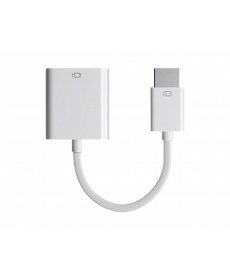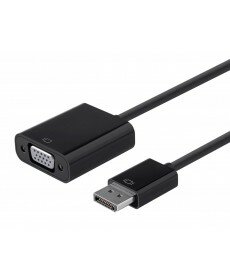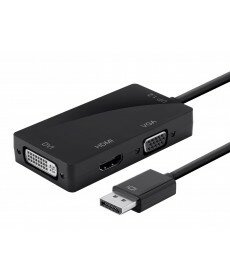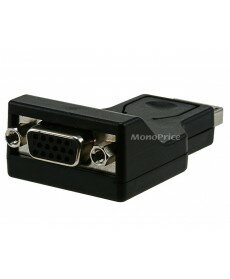You have no items in your shopping cart.
DisplayPort to VGA Cables
DisplayPort is a digital display interface developed by the Video Electronics Standards Association (VESA). The interface is primarily used to connect a video source to a display device such as a computer monitor, though it can also be used to carry audio, USB, and other forms of data. VESA designed it to replace VGA, DVI, and FPD-Link. DisplayPort is backwards compatible with VGA, DVI and HDMI through the use of passive and active adapters.
Video Graphics Array (VGA) refers specifically to the display hardware first introduced with the IBM PS/2 line of computers in 1987, but through its widespread adoption has also come to mean either an analog computer display standard, the 15-pin D-subminiature VGA connector or the 640x480 resolution itself. VGA was the last IBM graphics standard to which the majority of PC clone manufacturers conformed, making it the lowest common denominator that virtually all post-1990 PC graphics hardware can be expected to implement. It was officially followed by IBM's Extended Graphics Array (XGA) standard, but was effectively superseded by numerous slightly different extensions to VGA made by clone manufacturers, collectively known as Super VGA. Today, the VGA analog interface is used for high definition video, including resolutions of 1080p and higher. wikipedia
-
Monoprice DisplayPort Male to VGA Female Active Adapter DP to VGA
Regular Price: $29.70
Special Price: $10.99






